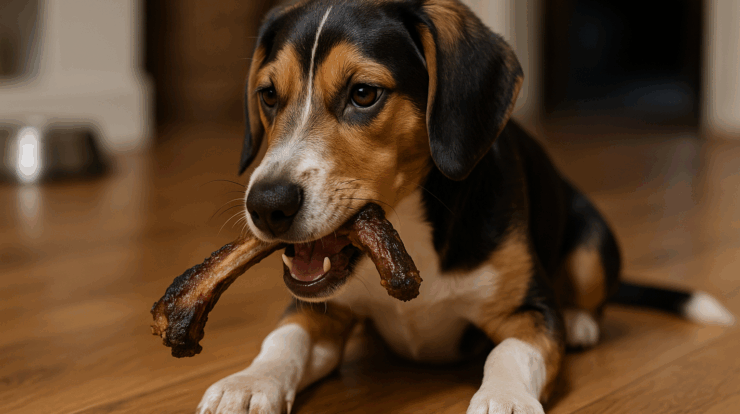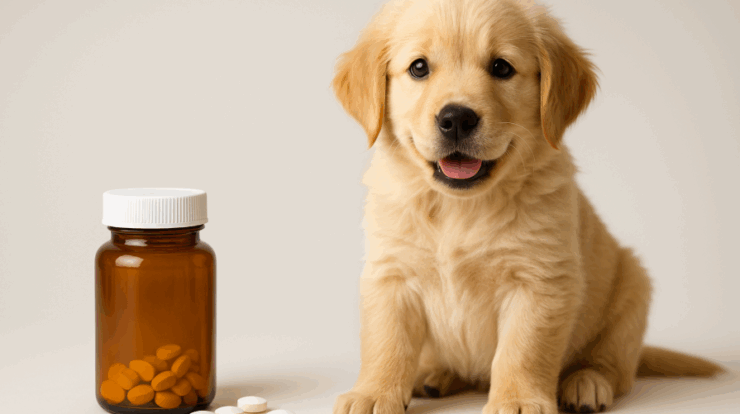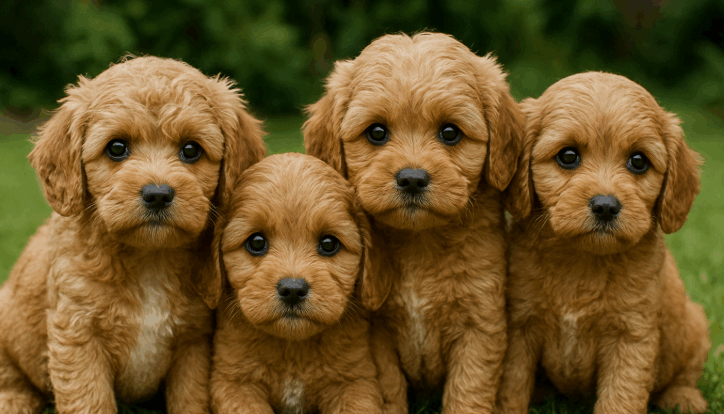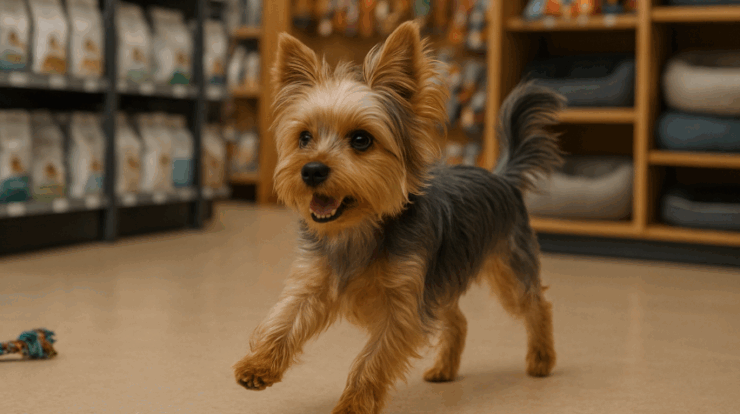The Quiet Whimpers
Puppy mill pups live a life lacking love and care in the dim corners of overcrowded cages. Driven by business rather than compassion, these settings impose lasting scars on a dog’s mind. Anyone thinking about adopting these tough yet damaged dogs must first grasp puppy mill dog behavior. Often resulting from years of neglect and lack of socialization, their behaviors show in ways that call for patience and understanding.
Timid Steps and Fearful Eyes
Many puppy mill dogs have a strong dread of people. Often they cower, shake, or try to hide when approached, having spent their lives in prison with little human contact. Their traumatic histories cause this fear-based behavior, which makes socializing a slow process. The first step in properly handling puppy mill dog behavior is to notice these indicators.
The Echoes of Solitude
Puppy mill isolation results in a lack of fundamental social skills. These canines could not know how to engage with other animals or people or basic signals. Their behavior usually consists of avoidance, lack of eye contact, and unwillingness to participate in play. Dealing with puppy mill canine behavior calls for gradually and carefully exposing them to social environments so they may acclimatize at their own speed. According to Wikipedia, The Shadows of Anxiety
The Anxiety Shadows
Dogs from puppy mills commonly suffer from anxiety. Left alone, they could show indications like pacing, whining, or destructive behavior. Their continual confinement and lack of stability cause this separation anxiety. Understanding and reducing puppy mill canine behavior calls for building trust by means of a safe environment and consistent routines.
The Battle with House Training
Living in filthy surroundings, puppy mill dogs frequently lack house training. They might not grasp the idea of assigned elimination zones, which might cause indoor mishaps. Dealing with this facet of puppy mill canine behavior calls for patience and regular positive reinforcement. Regular routines and crate training can help this learning process. Sykesville Veterinary Clinic
The Reluctance to Play
Many puppy mill dogs find play to be strange. Deprived of toys and social contact, many puppy mill dogs may not understand how to participate in play or react to playful cues. Introducing toys and supporting mild play can help to change puppy mill dog behavior, hence promoting joy and involvement.
Leash Training Issues
For puppy mill dogs who have never known walks or collars, leash training can be very difficult. A leash could make them anxious or resistant. Changing this facet of puppy mill dog behavior calls for gradual desensitization and favorable connections.
Touch Anxiety
Dogs not used to gentle handling may find physical contact frightening. Touched, they can wince, pull back, or indicate suffering. Dealing with this aspect of puppy mill canine behavior requires building confidence via gradual, non-threatening interactions.
The Value of Habit
For dogs from puppy mills, developing a regular schedule gives them stability. Regular feeding times, walks, and bedtimes can help to reduce worry and encourage good conduct. Restoring puppy mill dog behavior depends on structure.
Positive reinforcement’s function
Encouraging preferred behaviors depends on positive reinforcement. Rewarding minor successes with treats or compliments can strengthen learning and increase confidence. This strategy is very successful in changing the behavior of dogs from puppy mills.
The Path of Socializing
Socializing a puppy mill dog means slowly exposing it to different people, animals, and surroundings. Positive experiences and controlled introductions can allow kids to adjust and lower their fear reactions. Changing puppy mill dog behavior requires socialization, a major step.
The Importance of Safe Areas
A designated safe area lets the dog escape and feel safe. This location should be calm, pleasant, and free of stressors. Managing puppy mill canine behavior depends on a safe haven, which provides a sanctuary under trying circumstances.
The Patience in Development
Working with puppy mill dogs can be slow and calls for great patience. The road includes celebrating little victories and knowing disappointments. Dealing with puppy mill canine behavior requires one to accept the slow pace of improvement.
The Need for Expert Assistance
Working with knowledgeable dog trainers and vets familiar with trauma can offer insightful direction. They can provide customized plans to solve certain behavioral problems. Changing puppy mill dog behavior with professional help is quite beneficial.
Environmental Influence
A quiet and steady environment helps to rehabilitate puppy mill pets. Reducing loud noises and unexpected shifts helps to avoid provoking fear reactions. Establishing a calm environment promotes good puppy mill dog behavior.
The Impact of Other Pets
Presenting a well-adjusted dog can help the puppy mill dog by providing a role model. Watching good behaviors can inspire imitation and education. Companion animals can help to change puppy mill dog behavior.
Health Checks’ Significance
Regular veterinary checkups guarantee that any underlying health problems are handled. Behavioral issues might be aggravated by pain or discomfort. Improving puppy mill dog behavior depends on appropriate health maintenance.
The Road to Confidence
Trust is a slow process that lays the basis for behavioral change. Regular, mild contacts help to create safety. Changing puppy mill dog behavior depends on trust.
The Importance of Education
Learning about the consequences of puppy mills and the particular needs of these canines helps one to help. Knowing their history shapes sympathetic treatment. Knowledge helps carers to properly handle the behavior of dogs from puppy mills.
The Joy of Recovery
Seeing a timid, reclusive dog become a confident friend is extremely gratifying. Though the path calls for commitment, the friendship created is unmatched. Rehabilitating puppy mill dog behavior demonstrates tenacity and love.
Rehabilitating a dog from a puppy factory takes patient, compassionate, and unrelenting dedication. Every little success, from a wagging tail to a soft nuzzle, marks a great advance. Understanding and treating puppy mill dog behavior involves healing deep-seated traumas as well as correcting behaviors. These dogs can learn to trust and flourish by means of a stable environment, regular routines, and unqualified love. Their change is a strong reminder of the tenacity of the dog spirit and the great influence of human compassion. Embracing this path not only transforms a dog’s life but also enhances the human experience, hence strengthening a relationship based on trust and mutual respect.






